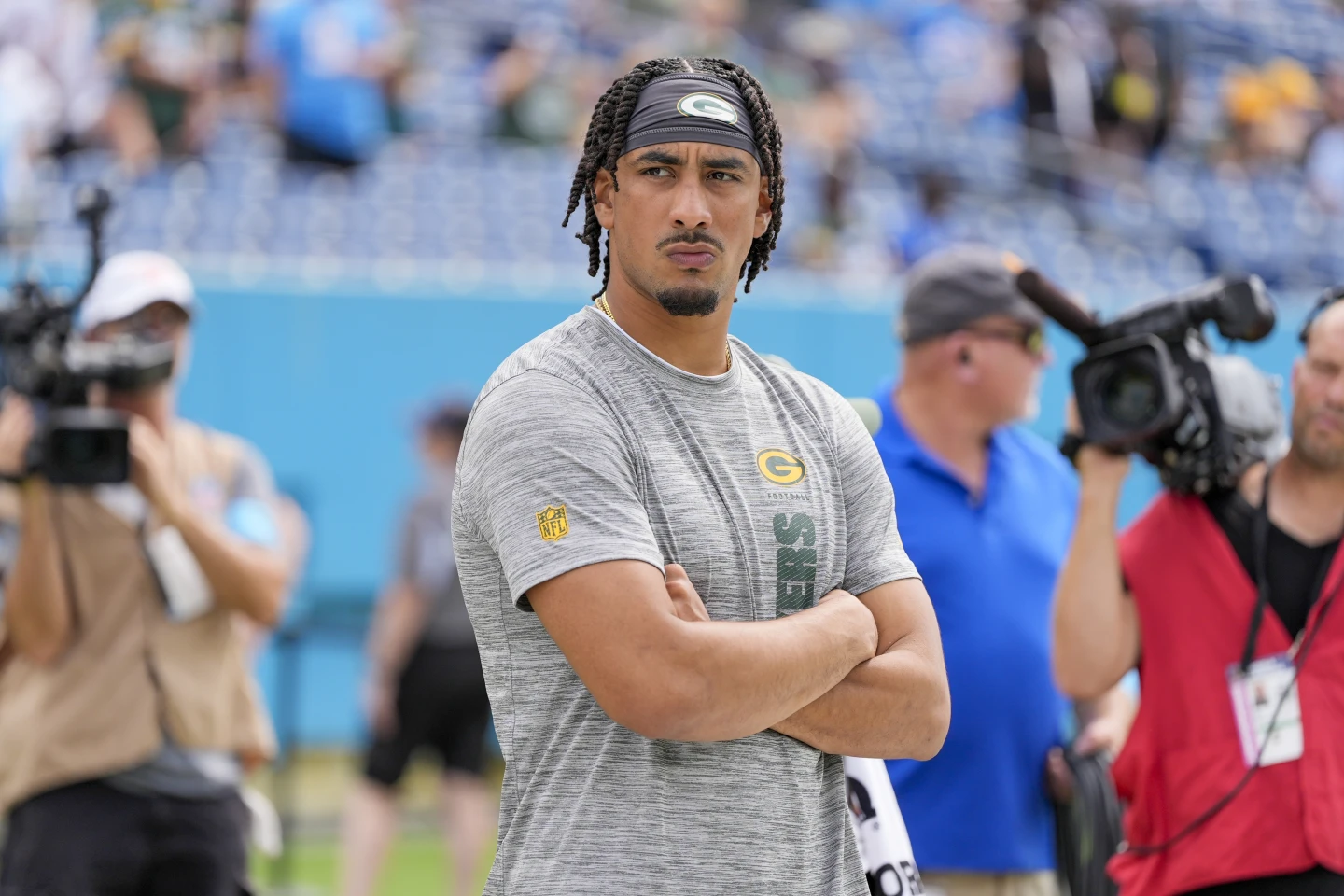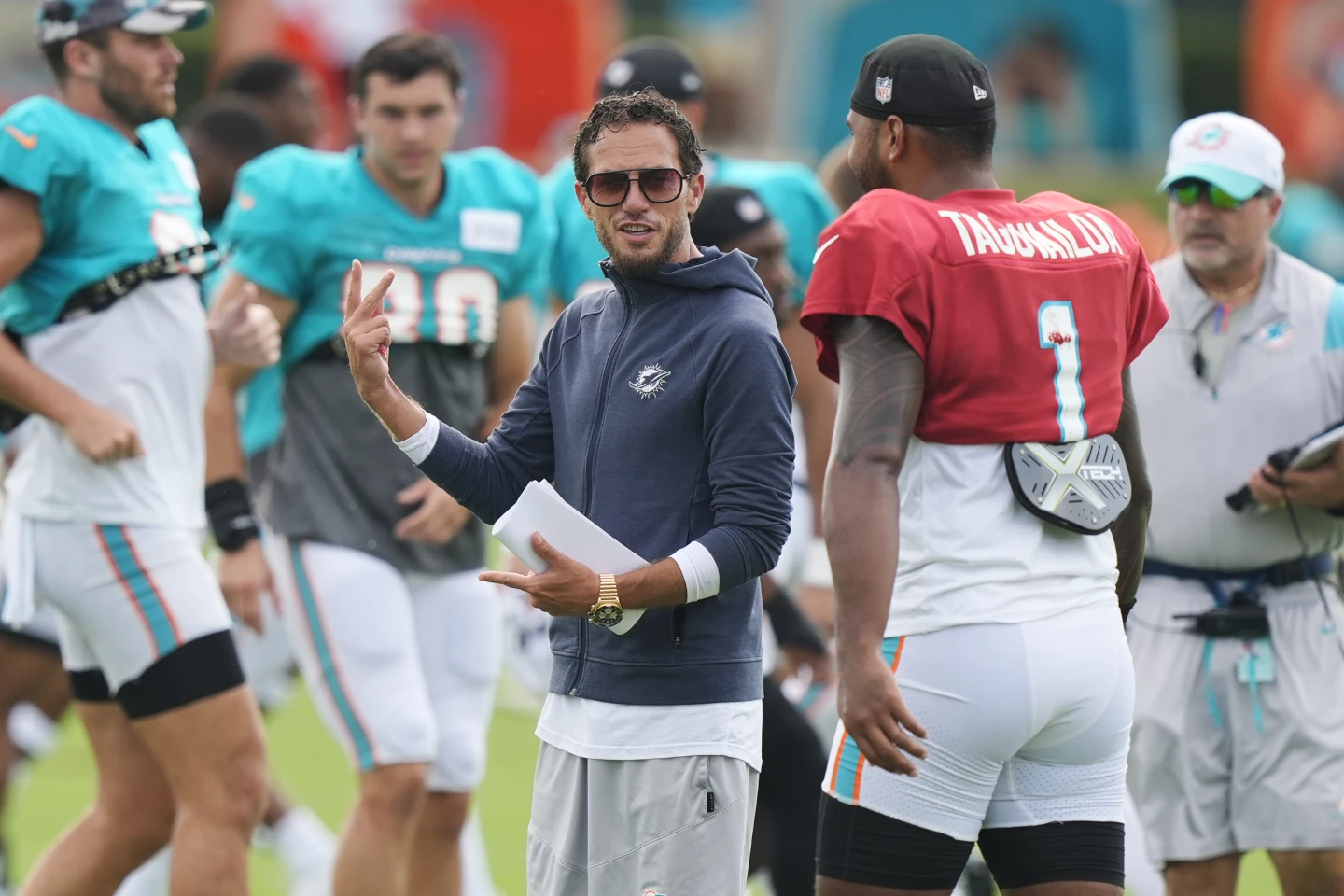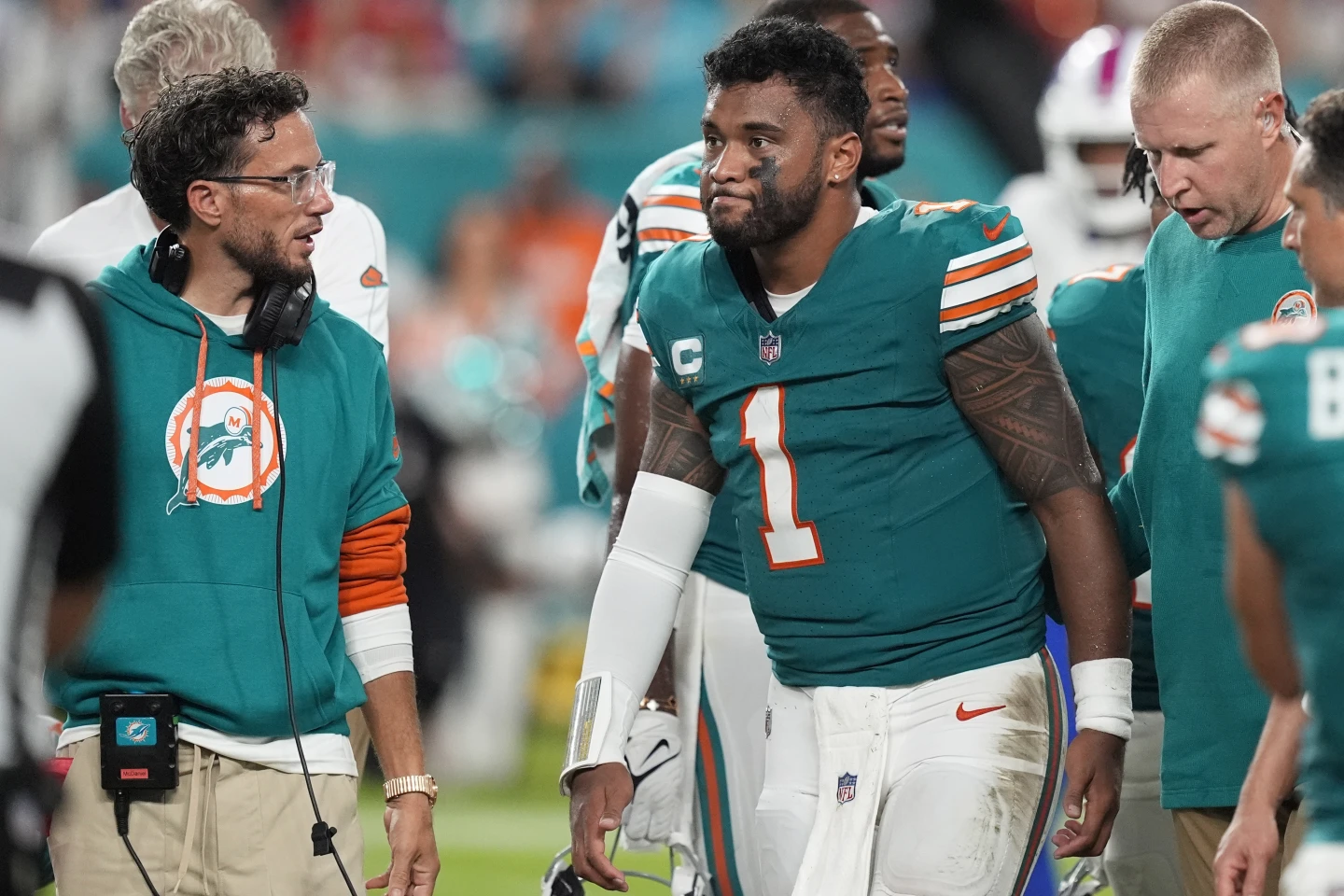The NFL reported that it had the lowest number of concussions in the preseason since it began keeping track in 2015.
There were 44 concussions during practices and games, which is about a 24% decrease from last year.
Jeff Miller, the NFL executive vice president responsible for player health and safety, explained that this change is due to new rules, better equipment like the Guardian Cap, and various other efforts aimed at reducing injuries.
The updated kickoff rule helped decrease injuries overall, but there were still some concussions during kickoffs.
Miller noted, “We saw a couple more concussions on the dynamic kickoff than we thought we would see. We haven’t seen any concussions in the first three weeks of the dynamic kickoff in the regular season.”
Nearly 99% of players used high-quality helmets, with over 250 players wearing helmets that the league claims offer equal or even greater protection than those used with a Guardian Cap.

There was almost a 50% drop in concussions during the preseason for players wearing the Guardian Cap in required sessions compared to the average before the mandate.
Injuries became a concern again when Dolphins quarterback Tua Tagovailoa experienced his fourth diagnosed concussion in five years during Week 2.
Dr. Allen Sills, the NFL’s chief medical officer, stated that Tagovailoa is consulting top experts.
Sills clarified that the league does not influence Tagovailoa’s future decisions. If doctors clear him, it is ultimately up to Tagovailoa to decide.
“Patient autonomy and medical decision-making really matters,” Sills said. “And I think that’s what we have to recognize goes on with our concussion protocol as well.
When patients consider their careers, it has to reflect that autonomy that comes from discussions with medical experts who provide the best medical advice.”
Sills, a neurosurgeon who has been a leader in improving the NFL’s concussion rules, stated that there isn’t a specific formula to predict future risks for players.
“It’s not like we can put in your number of concussions and how long between them and your age and some unusual constant or Avogadro’s number that always seemed to be in freshman chemistry somehow, and come up with a risk,” Sills explained.

“It just doesn’t work that way. So what we end up having to do is look at the totality of the patient’s experience, how many concussions, the interval between those concussions, some about duration of symptoms after each concussion, and then very much the patient’s voice about where they are in their journey, their career, their age and things of that nature.”
“And from that, we try as medical professionals to provide our best guess. But that’s really what it is, is a guess at what is someone’s future risk of concussion.”
Lower-extremity strains decreased by 27% in 2024 compared to the 2021 preseason, the year before the acclimation period was put in place.
“While there is no finish line in our efforts to make the game safer, the injury data from this preseason is an example of how the league’s deliberate approach to player safety continues to deliver results,” Sills said. “We’re committed to building a culture of safety around the game, and this preseason was another positive step in that direction.”
